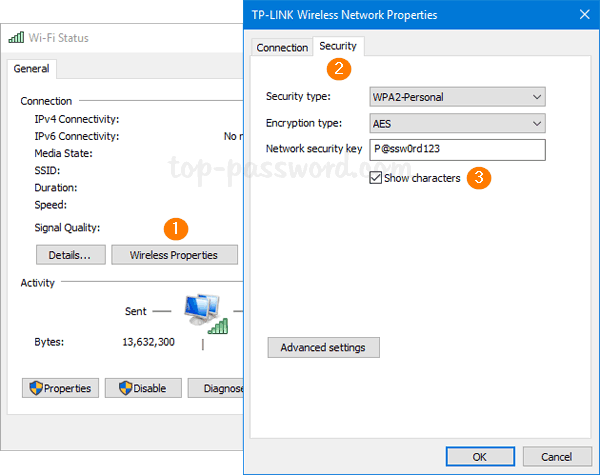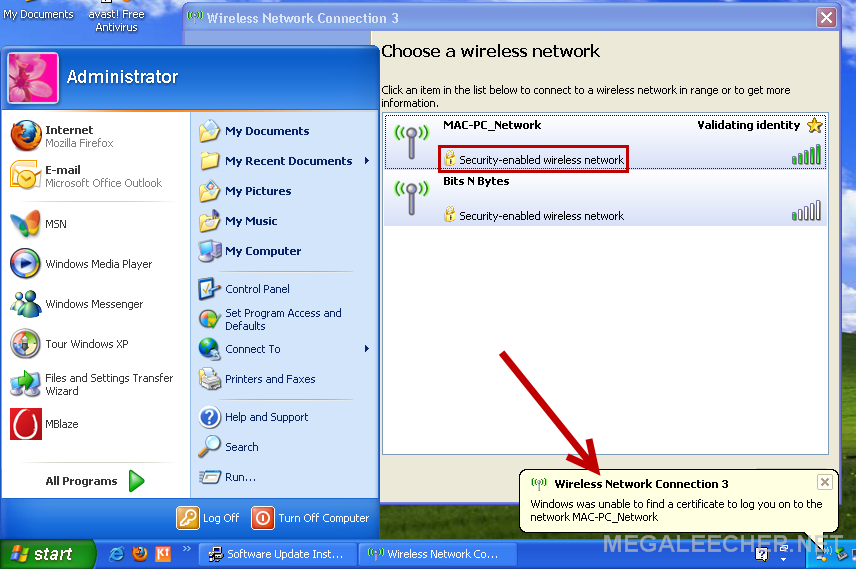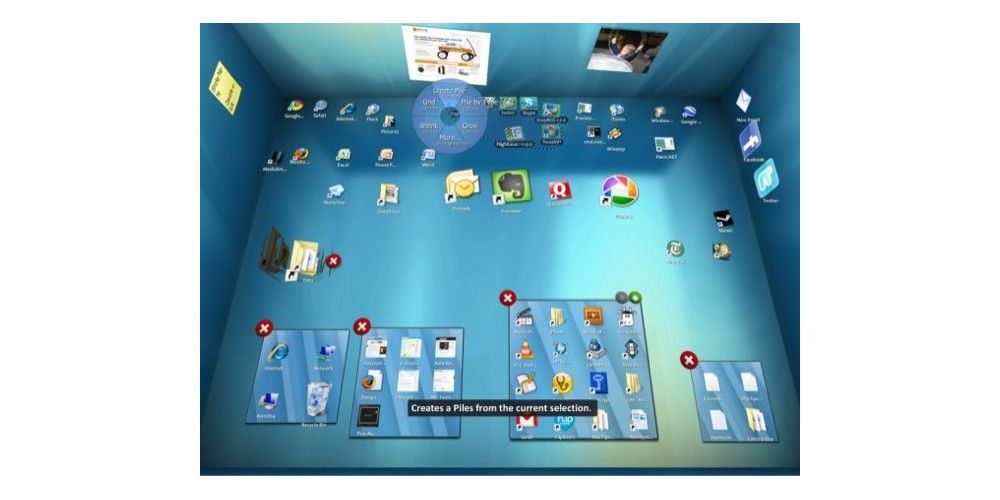How to give Windows XP five more years of updates. Fire up regedit.Navigate to HKEYLOCALMACHINE SYSTEM WPA.Create a new Key called PosReady.Right click the new key and add a new DWORD with the. Luckily security researchers have revealed a new way to hack these modern wi-fi routers. This new wifi hacking method was accidentally discovered by Jens Steube (lead developer in popular password-cracking tool Hashcat) while he was analyzing the newly-launched WPA3 protocol.
Wi-Fi (pronounced warfar) is a trademark of the Wi-Fi Alliance that manufacturers may use to brand certified products that belong to a class of wireless local area network (WLAN) devices based on the IEEE 802.11 standards, which is by far the most widespread WLAN class today. Because of the close relationship with its underlying standards, the term Wi-Fi is often used as a synonym for IEEE 802.11 technology.
Here are few commands that will help you in wifi /wireless hacking. To know/acquire list of available Wireless Networks Go to command prompt Click Start, click Run, type cmd, and then click OK, to open a command prompt. At the command prompt, type netsh wlan show networks mode=bssid How to Connects to a Wireless Network netsh wlan connect name.

The Wi-Fi Alliance, a global association of companies, promotes WLAN technology and certifies products if they conform to certain standards of interoperability. Not every IEEE 802.11-compliant device is submitted for certification to the Wi-Fi Alliance, sometimes because of costs associated with the certification process. The lack of the Wi-Fi logo does not necessarily imply a device is incompatible with Wi-Fi devices.

As of 2010 update, IEEE 802.11 devices are installed in many personal computers, video game consoles, smartphones, printers, and other peripherals, and virtually all laptop computers.
Wireless Encryption
The majority of home and small business networks are encrypted using the two most popular methods:
- WEP
- WPA
WEP – Wired Equivalent Privacy – comes in 3 different key lengths: 64, 128, and 256 bits, known as WEP 64, WEP 128, and WEP 256 respectively. WEP provides a casual level of security but is more compatible with older devices; therefore, it is still used quite extensively. Each WEP key contains a 24 bit Initialization Vector (IV), and a user-defined or automatically generated key; for instance, WEP 128 is a combination of the 24 bit IV and a user entered 26 digit hex key. ((26*4)+24=128)


WEP also comes in WEP2 and WEP+, which are not as common and still as vulnerable as the standard WEP encryption.
WPA – WiFi Protected Access – comes in WPA and WPA2, and was created to resolve several issues found in WEP. Both provide you with good security; however, they are not compatible with older devices and therefore not used as widely. WPA was designed to distribute different keys to each client; however, it is still widely used in a (not as secure) pre-shared key (PSK) mode, in which every client has the same passphrase.
To fully utilize WPA, a user would need an 802.1x authentication server, which small businesses and typical home users simply cannot afford. WPA utilizes a 48 bit Initialization Vector (IV), twice the size of WEP, which combined with other WEP fixes, allows substantially greater security over WEP.
6 Most Commonly Used Wi-Fi Hacking Software.
For Wi-Fi Hacking Tools I Find This As Best Website:-http://www.wardrive.net/wardriving/tools *
For any problem write me at:-onlinepankajmishra@gmail.com
Windows Xp Wifi Setup
Enjy.Have a nice time.
Hack Wifi Windows Xp Password
Donot Misuse As You May Be Charged Under Criminal Activities.
How To Hack Wifi Password In Windows Xp Using Cmd
*Purely My Opinion.
